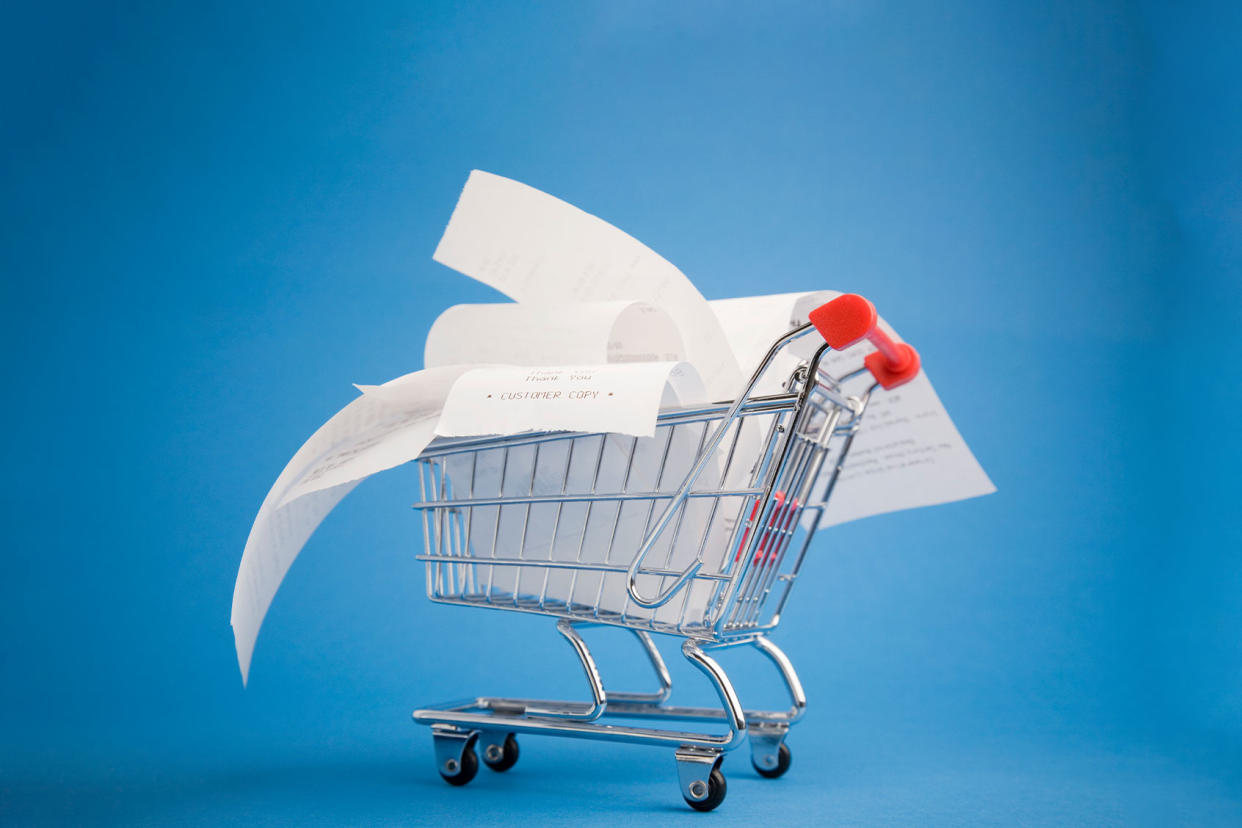Experts predicted America was racing towards a "looming hunger cliff." They were right, data shows

Back in March, as expanded pandemic-era Supplemental Nutrition Assistance Program benefits expired, food insecurity experts were concerned that the United States was racing towards a looming "hunger cliff." Now, it seems that their predictions were correct, according to new data from the Census Bureau.
As the Alliance to End Hunger wrote in a June 30 email, "26.5 million Americans reported food insecurity as of June 19, according to the Census Bureau's Household Pulse Survey — the most thus far in 2023 and the highest number since December 2020."
Related
US is racing toward a looming "hunger cliff," food insecurity experts warn
During the pandemic, SNAP benefits were essentially supercharged as Americans faced furloughs, unemployment and widespread supply chain disruptions which had already thrown the grocery-buying experience into disarray. In a surge that was categorized as an "unprecedented expansion" by the New York Times' Jason DeParle, more than six million people enrolled for food stamps during the first three months of the pandemic.
While SNAP benefits typically vary based on a recipient's income, during the temporary congressional expansion, recipients were offered the maximum aid available for their household size. However, those benefits were cut months early as part of a bipartisan compromise surrounding a program to provide grocery benefits to replace school meals for low-income children. At the time, the Center on Budget and Policy Priorities, a nonpartisan research and policy institute, reported that the average SNAP recipient would receive at least $90 less per month.
"Some households, who under regular SNAP rules receive low benefits because they have somewhat higher, but still modest incomes, will see reductions of $250 a month or more," the Center reported. "The average person will receive about $90 a month less in SNAP benefits."
In a March statement to Salon Food, Eric Mitchell, the executive director of the Alliance to End Hunger, wrote that there is never a good time to make it harder for people to buy food, but ending benefits now comes at a particularly bad time.
"With inflation and food prices still near record levels, it is still far too expensive for many Americans across the country to put food on the table," Mitchell said. "Without these extra dollars, millions of people will be at risk of hunger."
He continued, writing that the expanded benefits were a "lifesaver for many individuals and families as jobs disappeared and the economy grinded to a halt."
Want more great food writing and recipes? Subscribe to Salon Food's newsletter, The Bite.
In the ensuing months, the SNAP program has undergone some permanent changes, the most notable being that the age bracket for people who must meet work requirements in order to participate in the program was expanded. As Salon Food reported in June, this was one of several concessions made by Democrats as part of a deal to raise the debt ceiling — which the country needed to do later this year to avoid a default crisis.
Prior to the pandemic, people younger than 50 who met certain requirements had to volunteer, work or receive job training for 80 hours a month in order to receive regular assistance. Now, as part of the new budget cuts package, recipients are required to work until the age of 55. According to The Center for Public Integrity, the new stipulations also make it harder for states to waive those work rules in states
Yet after weeks of debate, the new budget cuts package now raises the age of recipients required to work to 55 and, according to The Center for Public Integrity, makes it harder for states to waive work rules in areas with high unemployment. Notable exceptions include if someone is experiencing homelessness, is a military veteran or if they are a youth aged 18 to 24 who has aged out of the foster care system.
Currently, there are also two bills under review that would prevent current SNAP recipients from buying "junk food" — classified as "soft drinks, candy, ice cream, [and] prepared desserts such as cakes, pies, cookies or similar products" — with their benefits.
Several hunger experts have raised concern at both developments, especially in light of the newest food insecurity numbers.. According to the Center on Budget Policies and Priorities, the expansion of working age would "take food assistance away from large numbers of people, including many who have serious barriers to employment as well as others who are working or should be exempt but are caught up in red tape."
Meanwhile, a spokesperson from the Agriculture Department told Spectrum News that further monitoring of what SNAP recipients purchase with their benefits "would increase program costs and complexity and undermine the dignity of millions of Americans by assuming that low-income Americans are unable to make decisions that are best for themselves and their families."
Read more
about this topic

